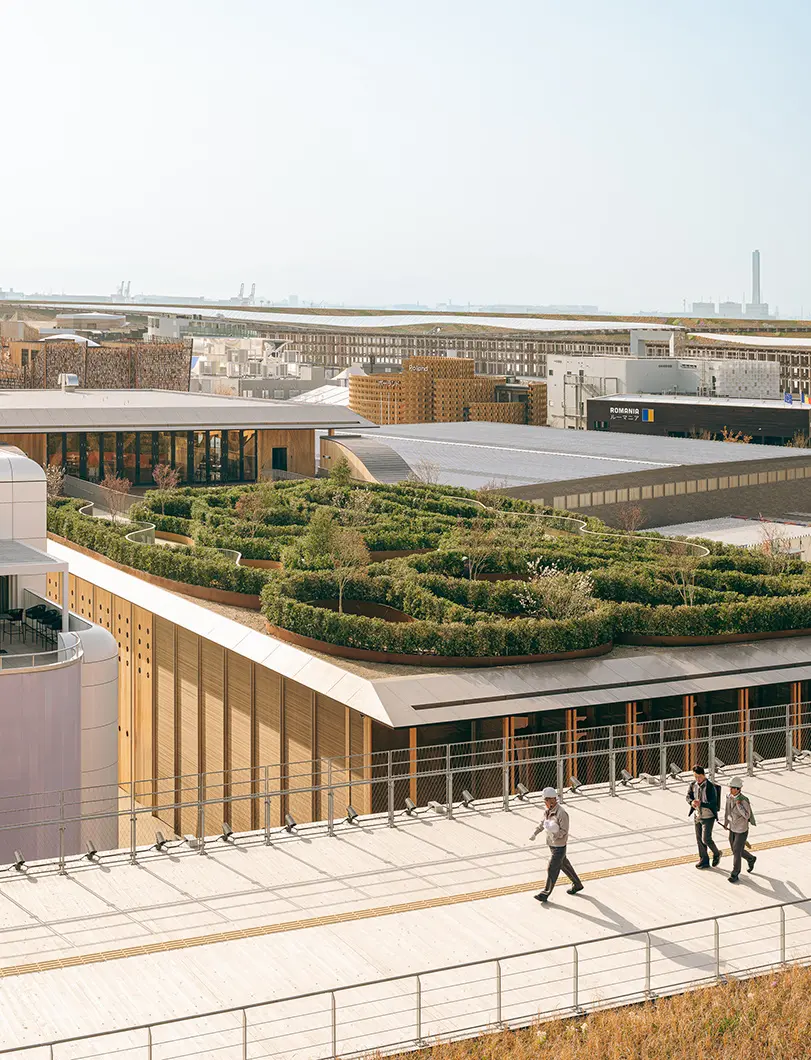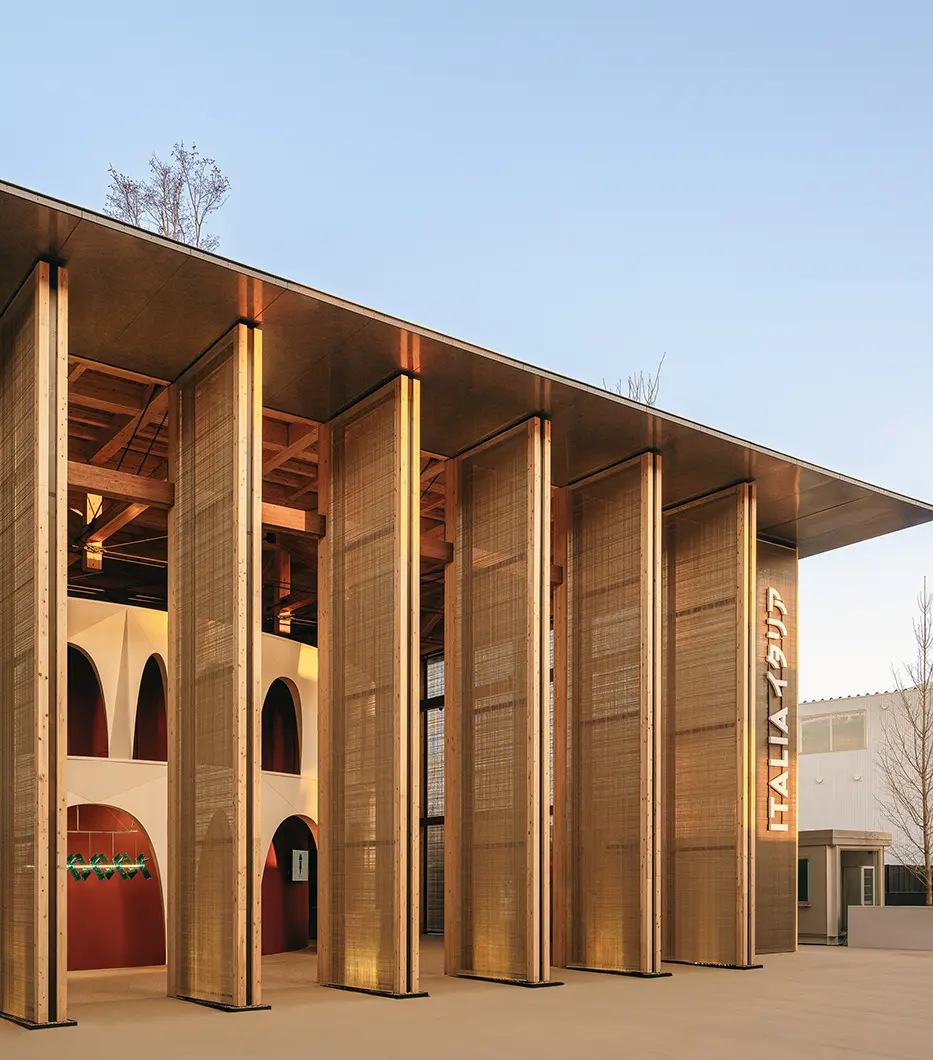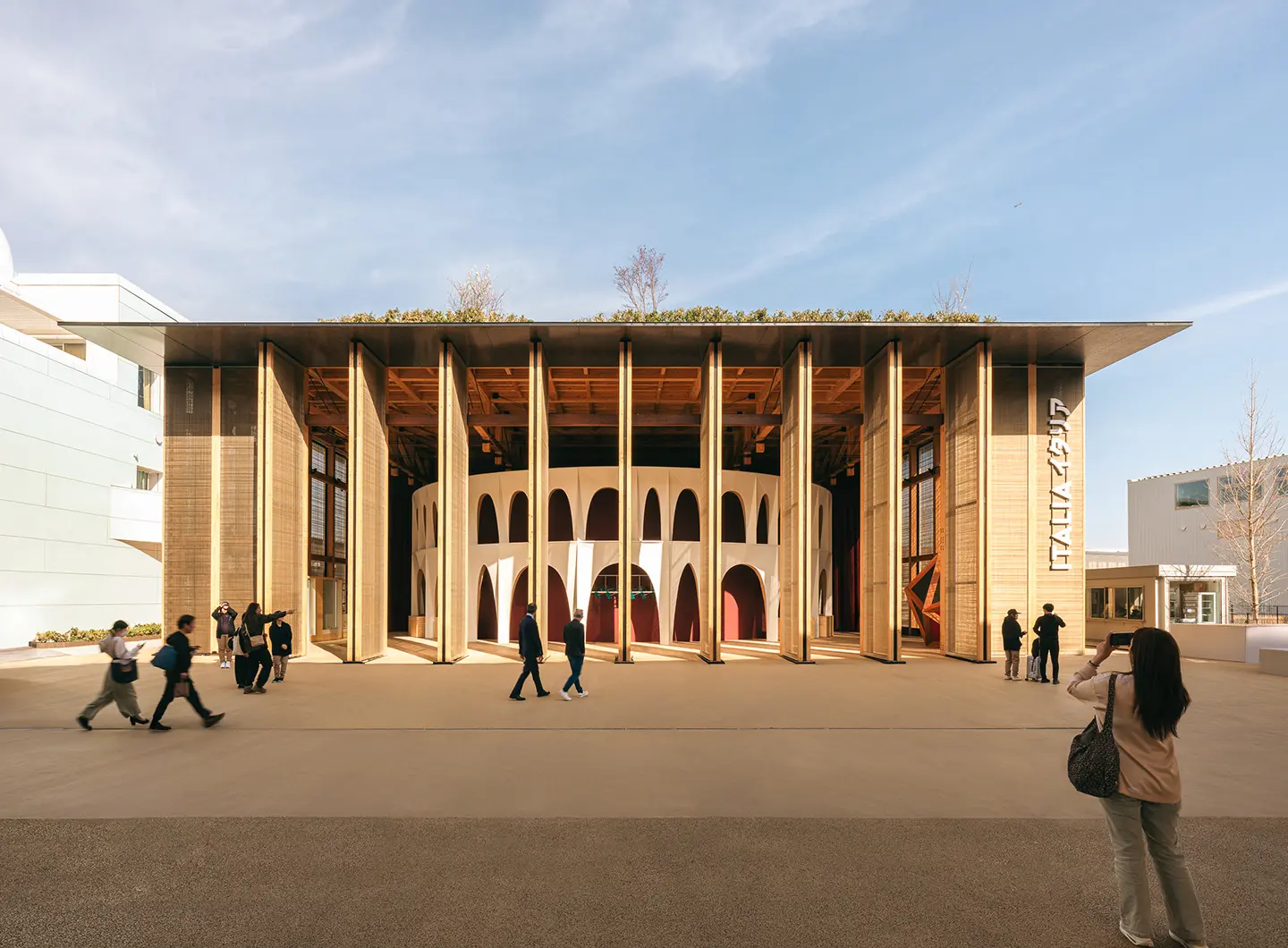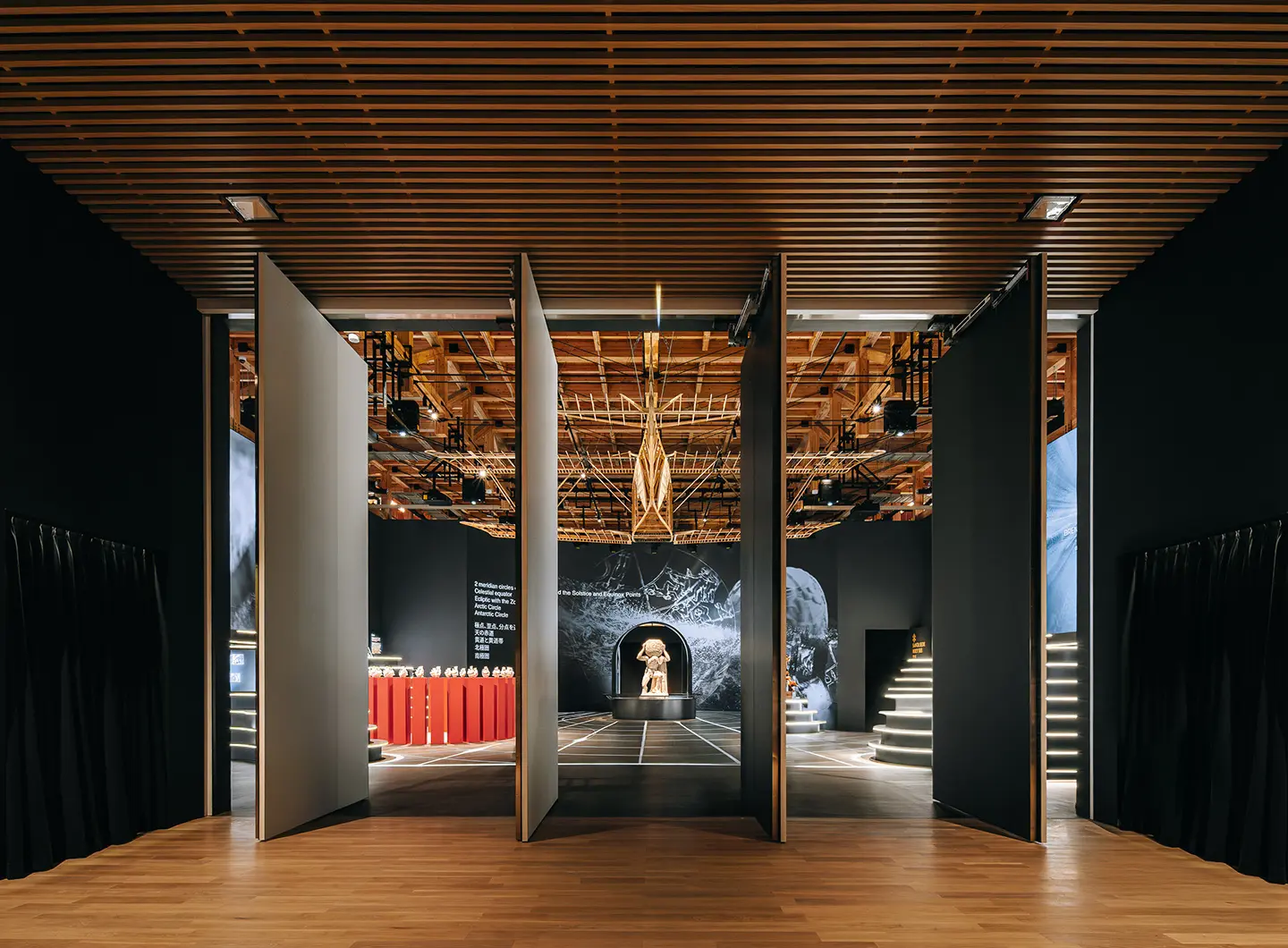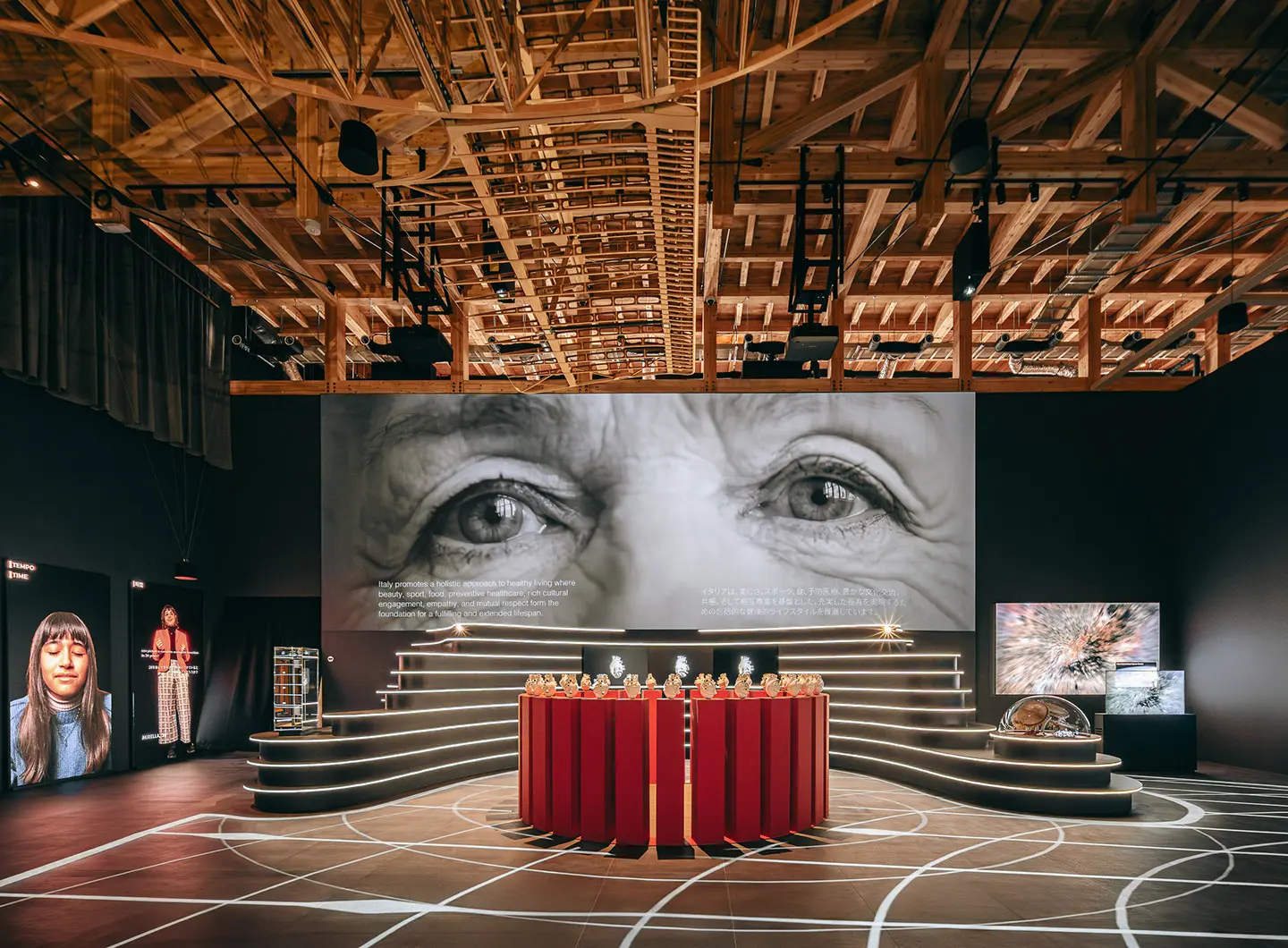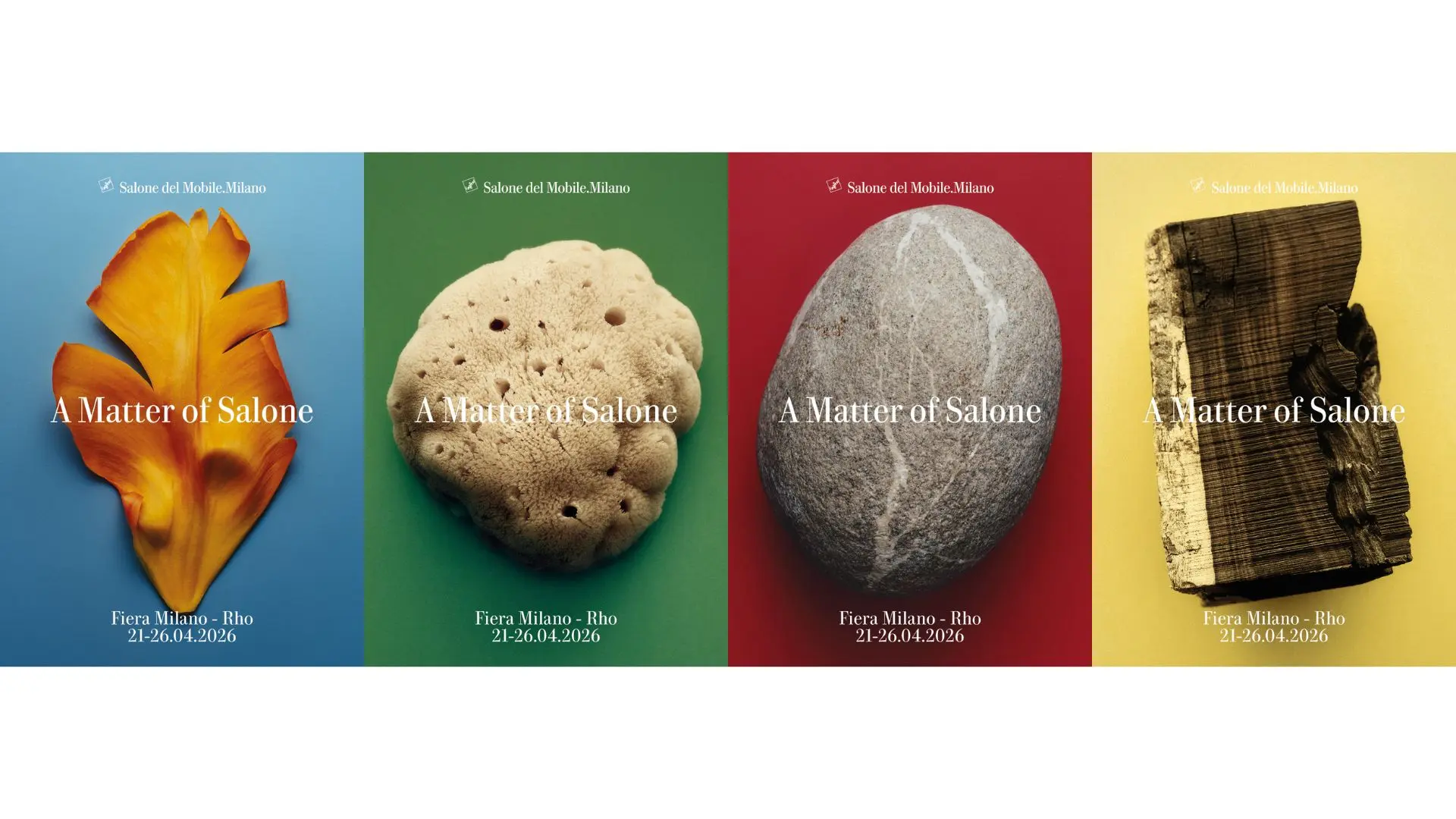From a reflection on humans to matter as meaning: the new Salone communication campaign explores the physical and symbolic origins of design, a visual narration made up of different perspectives, united by a common idea of transformation and genesis
The Italian Pavilion at Expo 2025 Osaka. Interview with the architect Mario Cucinella
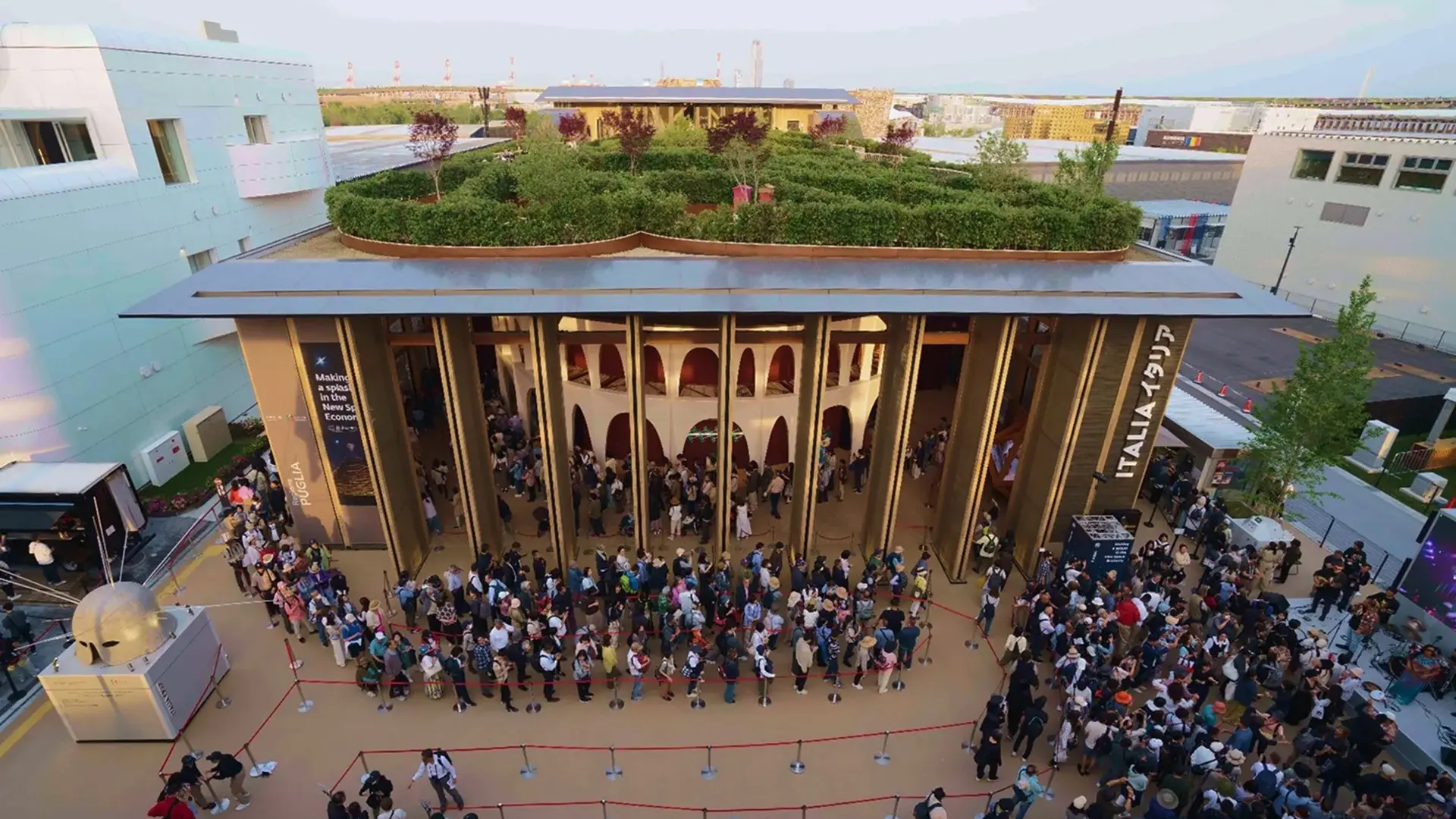
Padiglione Italia, Expo 2025 Osaka - Ph. Yumeng Zhu
An account of the Italian Pavilion at the Universal Exposition, set to run until 13 October 2025 with projects from 160 countries on the theme “Designing Future Society for Our Lives”
Exactly ten years have passed since the opening of Expo Milano 2015. It was an important event not just for Italy but also for the city of Milan, launching an endemic transformation that has made it increasingly attractive in the eyes of the world and extensively redesigning its future.
This, the future and the city, will be discussed at Expo Osaka 2025, entitled “Designing the Society of the Future for Our Lives” where the Italian Pavilion was designed and built by MCA - Mario Cucinella Architects.
The expo is a glamorous and complex festive event, where you will see a something of everything. Hence I felt it would be interesting to propose as a project for the Pavilion elements that characterize our country, such as its recognizability and identity. In particular, I started from four elements:
- a large entrance porch, to say that there is no door at the entrance but the Pavilion is open to all
- a great theater, another historic element of the culture of our country recognized worldwide
- a piazza, a theme of intellect, art, knowledge, and understanding
- and finally a garden, which represents our landscape culture. These are the four themes that I have embodied in the building, with the aim of making Italy recognizable and the visitor experience unique.
Of course, first of all because there are different constraints from making buildings that have to last for years. As I see it, temporariness is closely bound up with the theme of sustainability, since I have designed a building that I did not want to end up as waste. The structure is made of modular wood. Its low-impact technologies and predisposition for post-Expo reuse make it a concrete example of reversible architecture, which focuses on the interaction between people, nature and technology.
In the end, it will be dismantled piece by piece and so become a construction material again. It seemed to me that this was the best form to give an ephemeral building.
That’s a good question. I don’t know whether the cities of the future will exist. They certainly won’t exist here. We won’t be building new cities anymore, we’ve built them already. But we could talk about cities for the future, focusing on issues such as a concern for people, public space and climate change.
We have to devote our time to preparing these cities for the future.
I feel it’s very important. On the one hand, we must not remove past history. Whenever this has been done, with an extenuating work of rupture, it has produced very damaging results. The balance in Italian culture is to direct attention to the future, but always with very deep roots.
For me it has always been a bond that I’ve seen not as a prison, a limitation, but as a travelling companion. History has to be continued by relating ourselves to the past without fear, without being too self-referential.
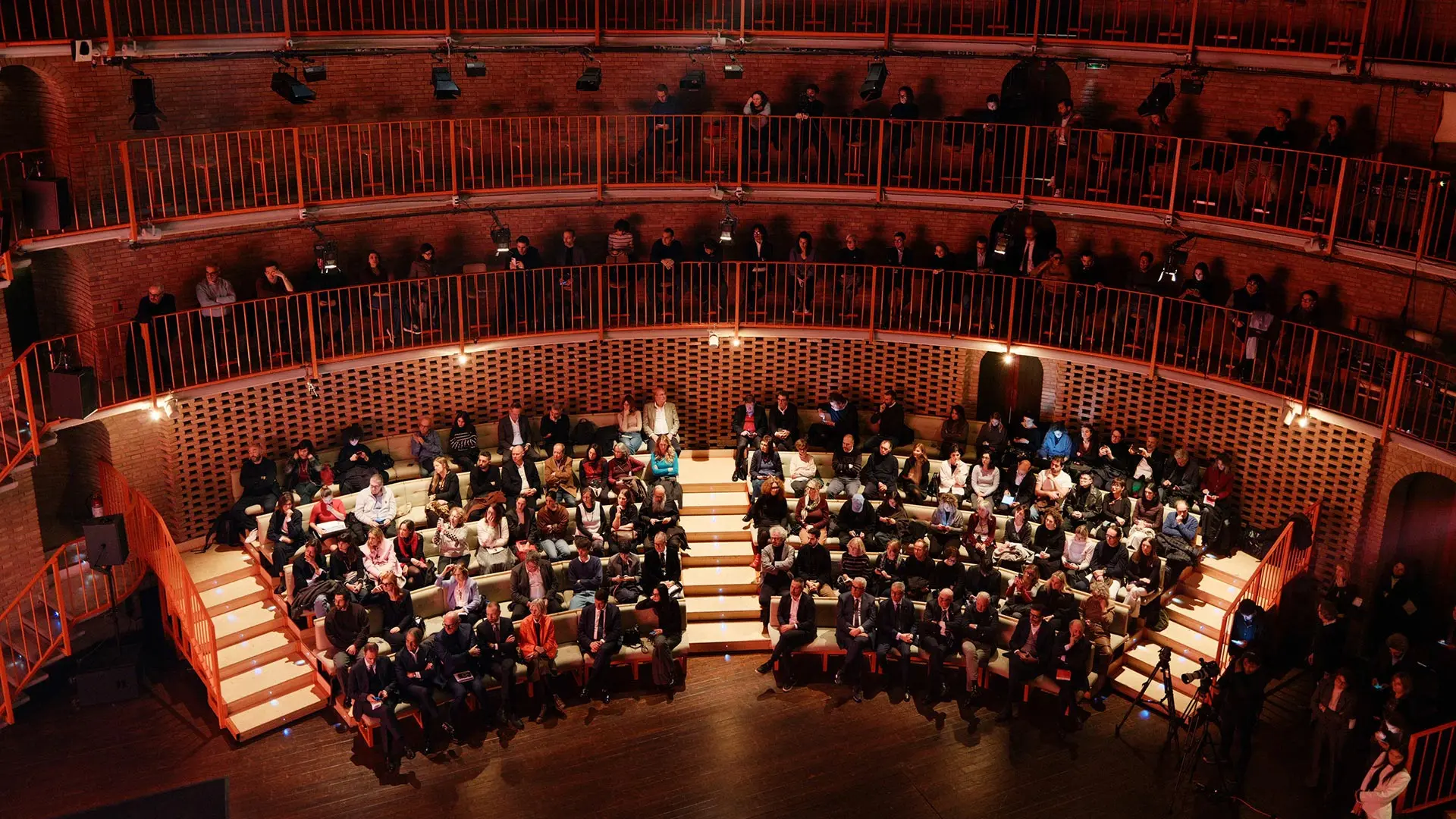
Salone 2025 Report: The Numbers of a Global Event
Data, analyses, and economic, urban, and cultural impacts. The second edition of Salone del Mobile’s “Milan Design (Eco) System” Annual Report takes stock of a unique event and consolidates the fair’s role as the driving force behind Milan as the international capital of design

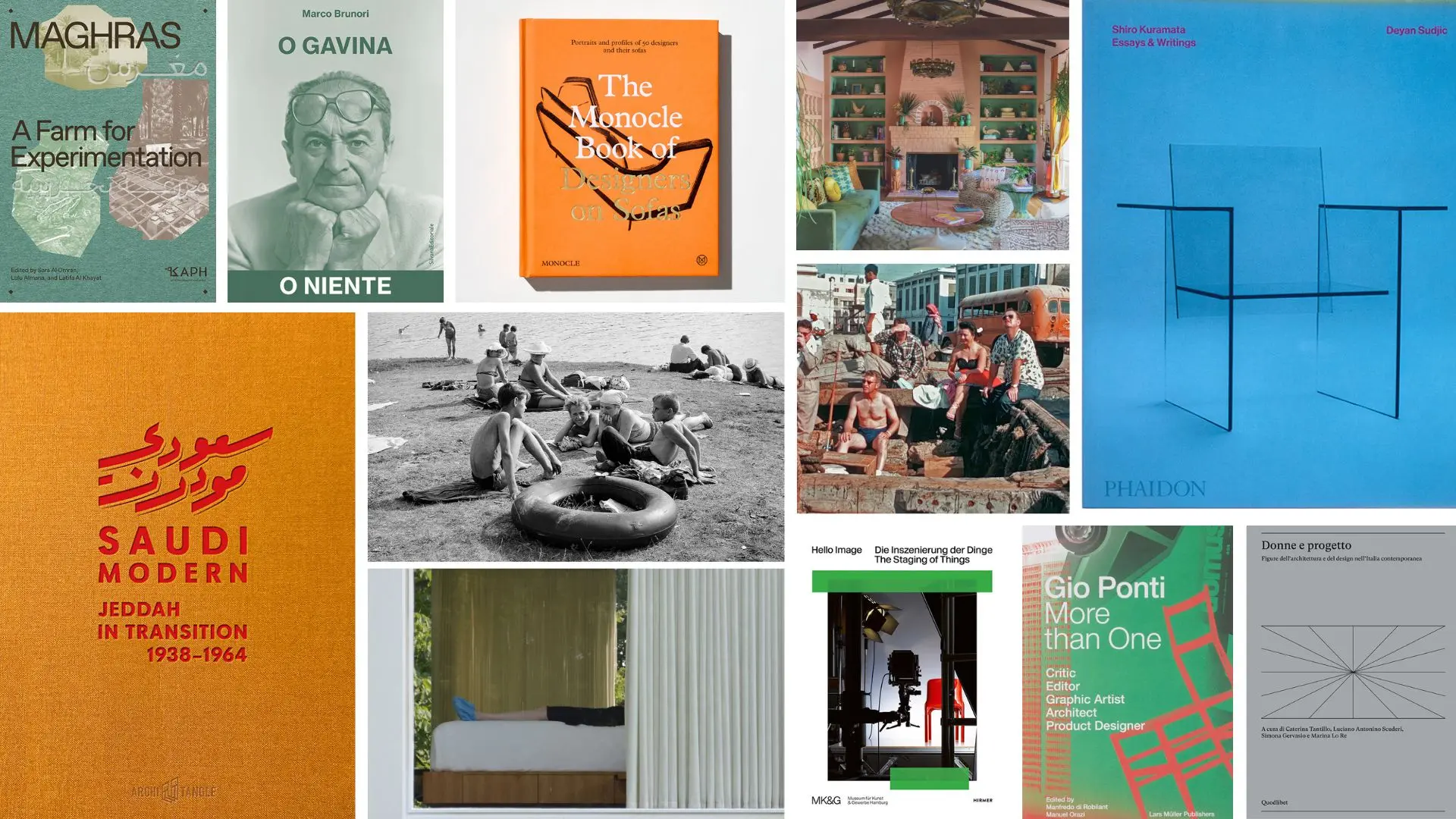
12 books to place under the tree or give as a gift. Conveying discoveries, insights and visions
A journey through women’s interior design, three iconic monographs and the links between design, photography and marketing, up to the transformation of Jeddah, social innovation and a reportage by Branzi and... 50 designers on the sofa



 Salone Selection
Salone Selection
